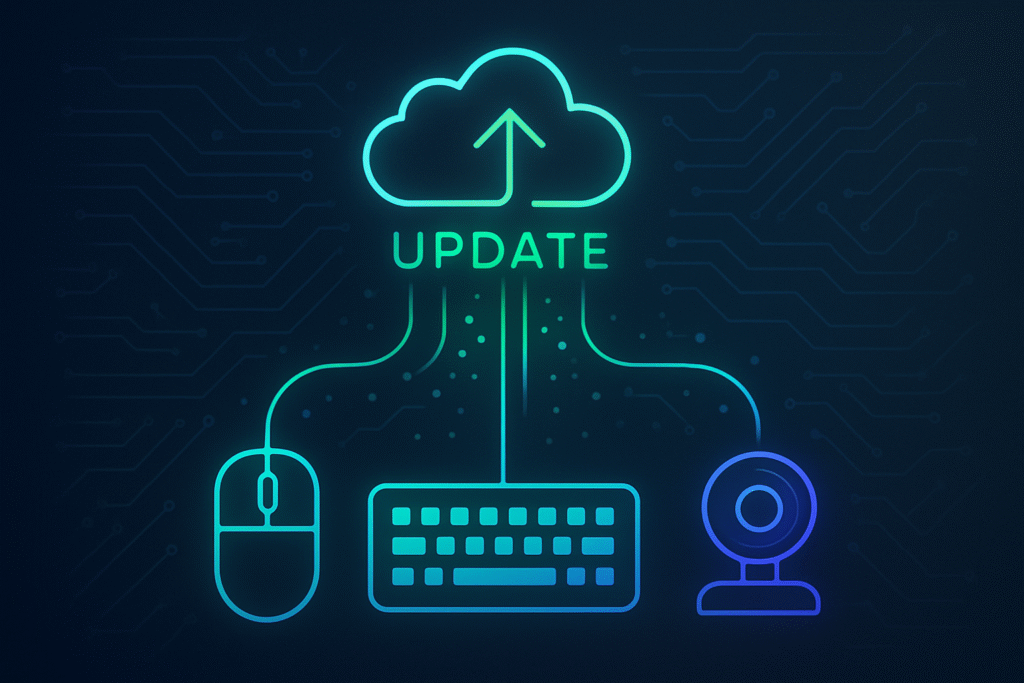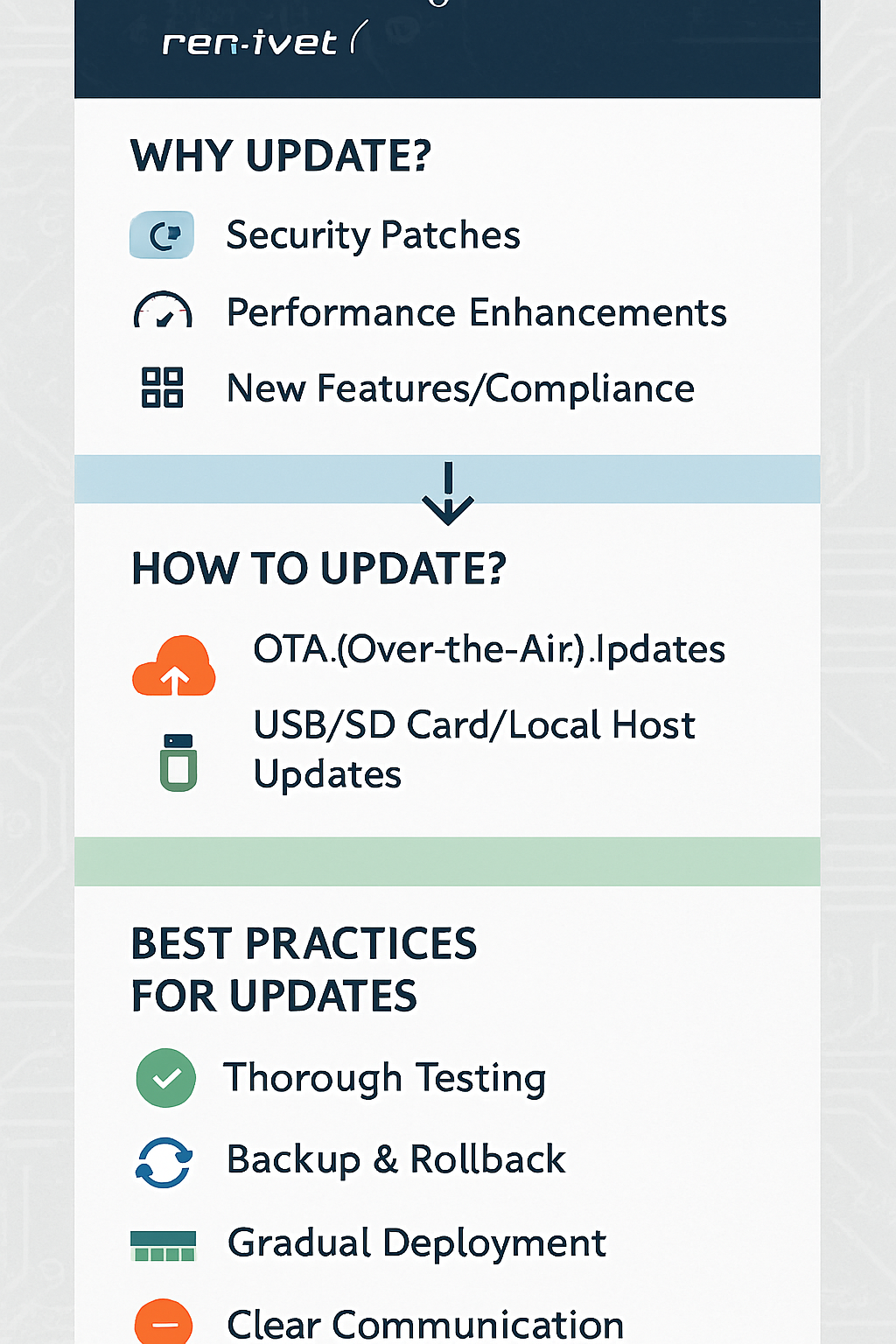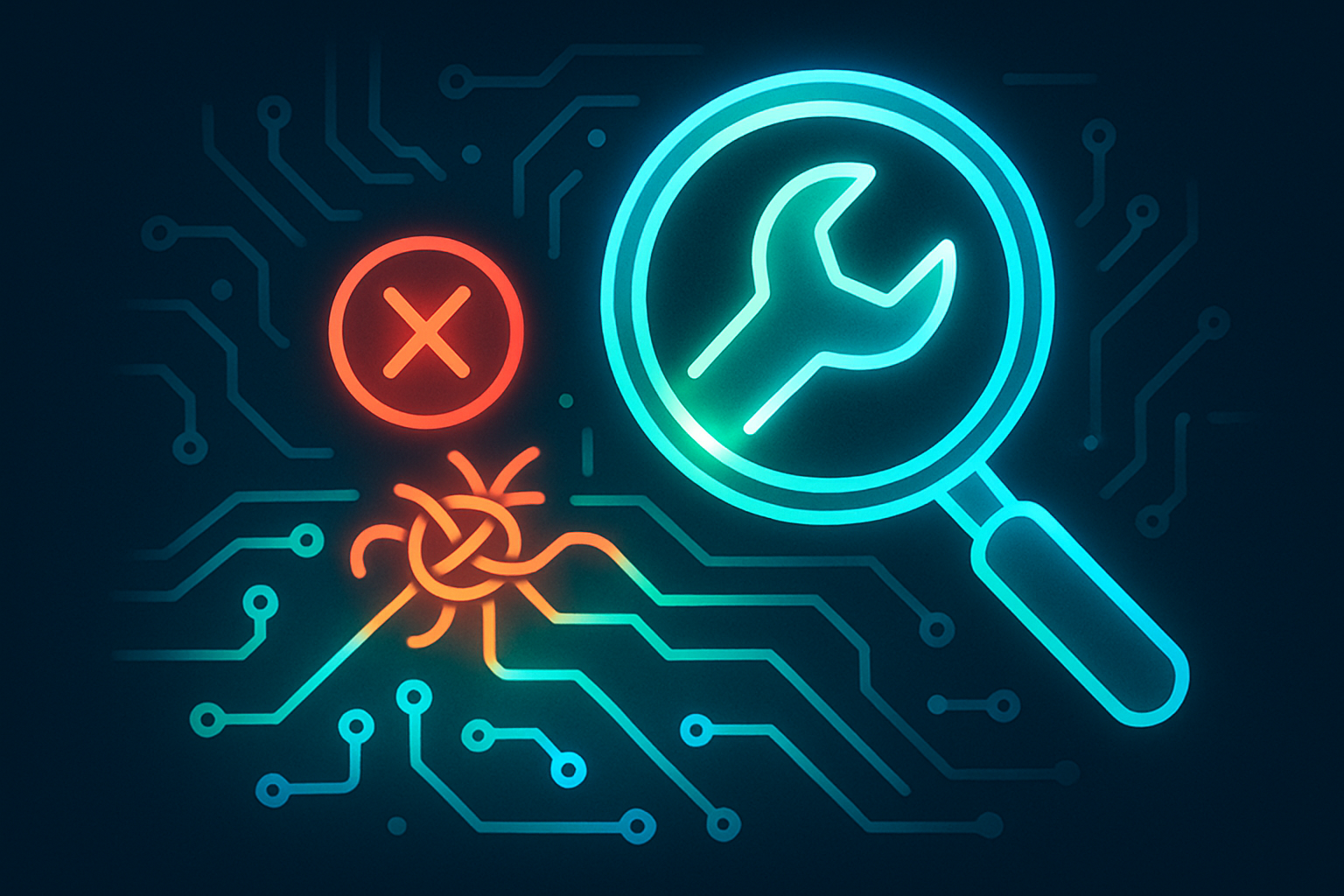
I’ve always been fascinated by the intricate dance between hardware and software.
It’s a delicate balance, and nowhere is this more apparent than in the world of peripheral firmware.
We often take our keyboards, mice, webcams, and other peripherals for granted, expecting them to work flawlessly right out of the box.
But what happens when they don’t?
Or when new features and security patches are released?
That’s where firmware updates come in, and sometimes, the troubleshooting that follows.
In this post, I’m going to take you on a journey into the firmware frontier.
We’ll explore why keeping your peripheral firmware up-to-date is so crucial,
and I’ll share some advanced techniques for both updating and troubleshooting.
Think of this as your guide to becoming a firmware-savvy user, capable of keeping your devices in peak condition.

Why Firmware Updates Matter More Than You Think
It might seem like a hassle, but regularly updating your peripheral firmware is incredibly important.
It’s not just about getting new bells and whistles; it’s about security, performance, and even extending the life of your devices.
I’ve seen firsthand how a simple firmware update can transform a glitchy device into a smooth-running workhorse.
First off, security.
In our increasingly connected world, every device is a potential entry point for vulnerabilities.
Firmware updates often include critical security patches that protect your peripherals from exploits.
Think of it as patching a hole in your digital fence – you wouldn’t want to leave it open for intruders, would you?
Then there’s performance. Manufacturers are constantly refining their products, and firmware updates can bring significant performance improvements.
This could mean faster response times, better accuracy, or more efficient power consumption.
I’ve personally experienced how a firmware update can make a gaming mouse feel even more responsive, giving me that extra edge.
Finally, new features and regulatory compliance. Sometimes, updates unlock new functionalities that weren’t available before, or they ensure your device meets the latest industry standards.
It’s like getting a free upgrade to your existing hardware, allowing it to keep pace with technological advancements without needing a full replacement.
Navigating the Firmware Upgrade Landscape: Methods and Best Practices
So, how do you actually go about updating firmware?
It’s not always as straightforward as clicking an ‘update’ button.
Different devices and manufacturers employ various methods, and understanding them is key to a successful upgrade.
I’ve encountered everything from simple plug-and-play updates to more involved processes.
One common method, especially for many modern peripherals and IoT devices, is Over-the-Air (OTA) updates.
This is often the most convenient, as it allows firmware to be updated wirelessly,
usually through a companion application on your computer or smartphone.
It’s a seamless experience, and I appreciate how it minimizes the hassle of manual intervention.
For other devices, particularly those without constant network connectivity, you might find yourself using USB, SD Card, or Local Host Upgrade methods.
This involves downloading the firmware file to a removable storage medium like a USB drive or SD card, then inserting it into the device.
Alternatively, you might connect the peripheral directly to your computer via a wired connection (like USB or UART) and use a dedicated software tool to push the update.
I’ve found this method to be reliable, though it requires a bit more hands-on effort.
Regardless of the method, there are some universal best practices I always adhere to.
First and foremost:
Thorough Testing. Before deploying any firmware update, especially if it’s a critical device,
I make sure to check forums or manufacturer notes for any reported issues.
It’s like checking the weather before a big trip – you want to be prepared for anything.
Secondly, Backup and Rollback Procedures are non-negotiable.
Always, always, always back up any critical data or configurations before a firmware update.
And ensure you know how to revert to a previous firmware version if something goes wrong.
This has saved me from countless headaches in the past. It’s your safety net.
Gradual Deployment is another smart approach, particularly if you manage multiple similar devices.
Instead of updating everything at once, try updating one device first, monitor its performance, and then proceed with the rest.
This helps contain any potential issues to a smaller subset of your devices.

Clear Communication from manufacturers is vital, and as users, we should seek it out.
Understand what the update does, how to perform it, and any potential risks.
If the information isn’t readily available, a quick search or a visit to the manufacturer’s support page can often provide the clarity you need.
Finally, Security Measureslike code signing and encryption are built into reputable firmware updates to prevent tampering.
And for your own sanity, always practice Version Control and Documentation.
Keep track of which firmware version is on which device, and note down when and how you updated it.
Future you will thank you for it.
When Things Go Wrong: Troubleshooting Peripheral Firmware
Even with the best intentions and practices, sometimes things go awry.
A firmware update might fail, or a peripheral might start acting strangely after an update.
This is where troubleshooting skills become invaluable.
I’ve spent my fair share of time debugging stubborn peripherals, and I’ve learned a few tricks along the way.
The first and most basic step, which often gets overlooked, is to Check Physical Connections.
It sounds simple, but a loose cable or a partially inserted USB dongle can cause a world of problems.
Always double-check all connections, and if possible, try a different port or cable. You’d be surprised how often this solves the issue.
Next, the classic IT solution: Restart Everything.
A simple reboot of your computer and the peripheral itself can often clear up temporary glitches.
It’s like giving your devices a fresh start, and it works more often than not.
If the problem persists, it’s time to Update Drivers and Firmware (again, if necessary).
Sometimes, a new firmware version requires an updated driver on your operating system to function correctly.
Ensure both are the latest versions available from the manufacturer.
I always make sure to download directly from the official source to avoid any nasty surprises.
Check Device Settings within your operating system or the peripheral’s dedicated software.
Sometimes, a setting might have been inadvertently changed or reset during an update.
Dive into the control panel or the peripheral’s utility software and verify that everything is configured as it should be.
And finally, if all else fails, Test on Another Computer/Device.
This helps you determine if the problem lies with the peripheral itself or with your specific computer setup.
If the peripheral works fine on another machine, then you know to focus your troubleshooting efforts on your primary system.
Advanced Troubleshooting and the Future of Firmware
For those deeper dives into troubleshooting, especially with more complex embedded systems, there are advanced techniques.
While these might be beyond the scope of the average user, it’s good to know they exist.
For instance, In-Application Programming (IAP)allows firmware to be updated using the microcontroller’s own peripherals, which is a common practice in industrial and specialized devices.
And for developers, Debugging Firmware involves using specialized tools to identify and resolve issues at a very low level,
often during system initialization or peripheral interaction.
The world of firmware is constantly evolving.
Standards like IPMI (Intelligent Platform Management Interface) and the more modern RedFish standard are making remote management and firmware updates of servers and other enterprise hardware more streamlined.
While these are primarily for enterprise environments, the underlying principles of remote and standardized management are slowly trickling down to consumer devices, promising even easier and more reliable updates in the future.
Conclusion
Keeping your peripheral firmware updated and knowing how to troubleshoot common issues is an essential skill in today’s tech-driven world.
It’s about more than just maintenance; it’s about optimizing performance, enhancing security, and extending the lifespan of your valuable devices.
I hope this journey into the firmware frontier has equipped you with the knowledge and confidence to tackle your next firmware challenge.
Remember, a little proactive care goes a long way in ensuring your tech ecosystem runs smoothly.
